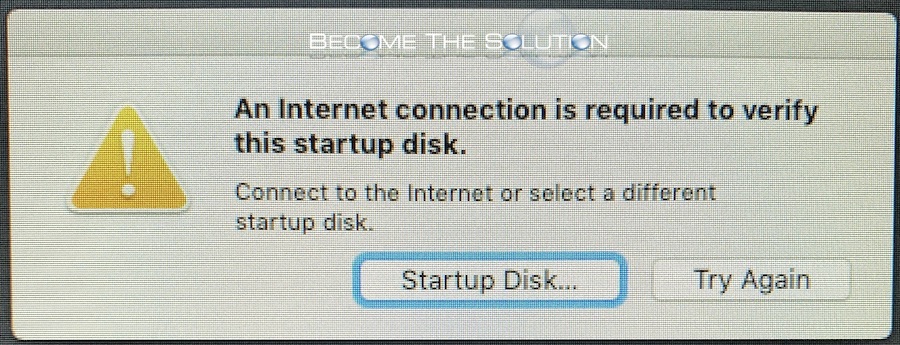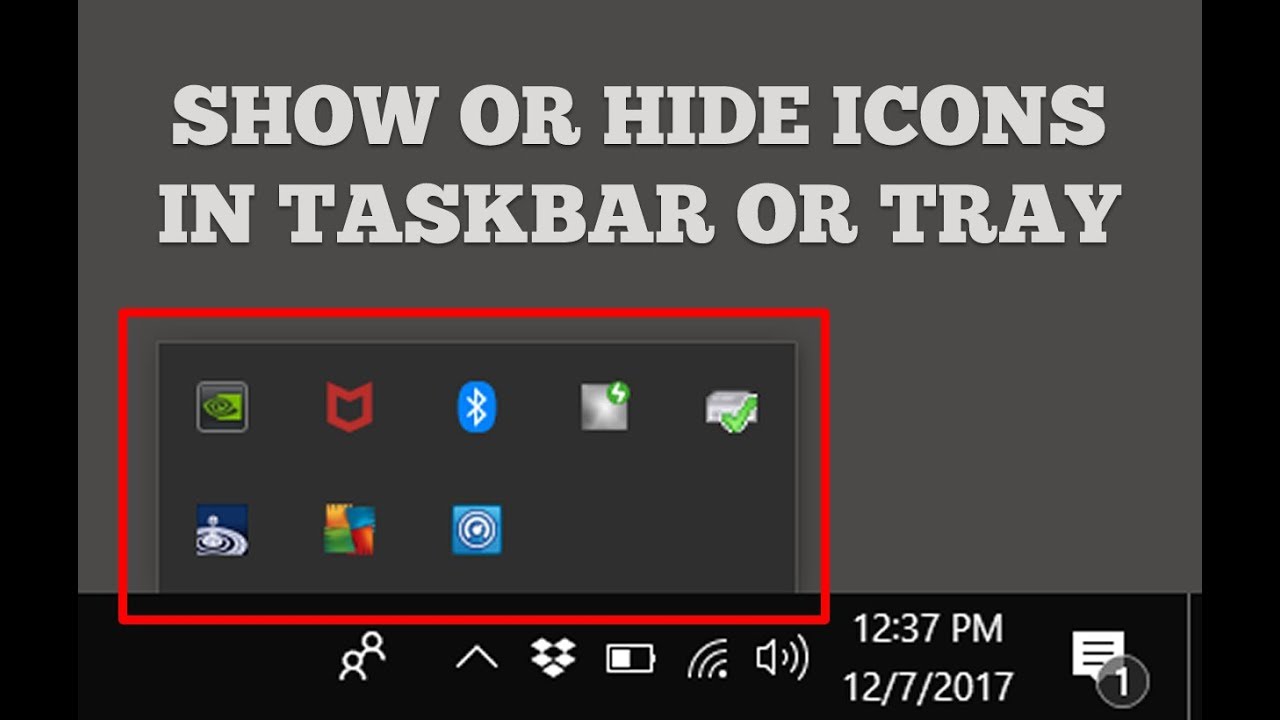Add a Horizontal Line to Your Footer
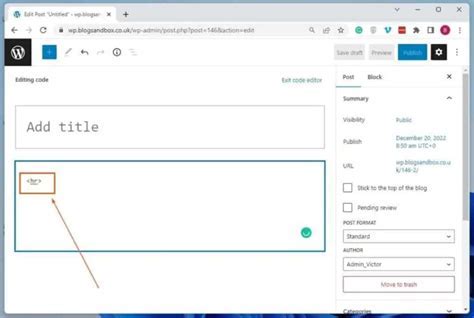
In the ever-evolving landscape of web development, staying abreast of the latest trends and innovations is crucial. Among the many aspects that contribute to a seamless and captivating user experience, the footer section of a website plays a pivotal role. It provides an opportunity to offer additional information, navigational aids, and essential details to visitors. In this comprehensive article, we will delve into the world of footer designs, exploring their significance, best practices, and innovative approaches to enhance user engagement.
The Significance of a Well-Crafted Footer
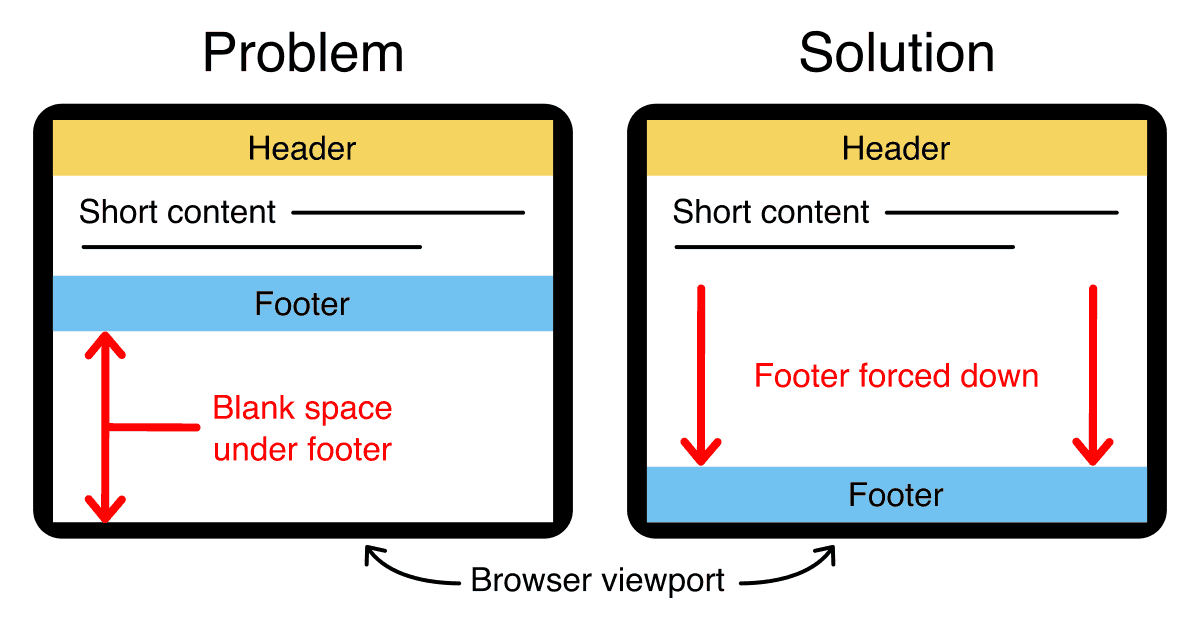
A website’s footer is more than just a static element at the bottom of a page. It serves as a critical component of the overall user experience, offering a range of benefits that can significantly impact the success of a website.
Enhancing Navigation and Accessibility
Footers provide an additional layer of navigation, ensuring that users can easily access key pages and sections of the website. This is particularly beneficial for mobile users, who often rely on simplified navigation structures.
For example, consider a travel agency website. The footer might include quick links to popular destinations, travel tips, and customer support, enabling users to find relevant information without navigating through complex menus.
Building Trust and Credibility
A well-designed footer can boost user trust by displaying essential details such as contact information, business addresses, and privacy policies. These elements assure visitors that the website is legitimate and transparent, fostering a sense of reliability.
Imagine an e-commerce platform. The footer could feature links to the terms of service, refund policies, and a dedicated customer support email address, addressing potential concerns and building confidence in the shopping experience.
Optimizing for Search Engines
Footers also play a role in search engine optimization (SEO). By including relevant keywords and links to important pages, footers can improve a website’s ranking in search results. This subtle yet effective strategy can drive organic traffic and enhance the website’s visibility.
| Footer Element | SEO Impact |
|---|---|
| Site Map Link | Helps crawlers index all pages efficiently |
| Keyword-Rich Links | Improves relevance for targeted keywords |
| Social Media Icons | Encourages social sharing, impacting SEO |
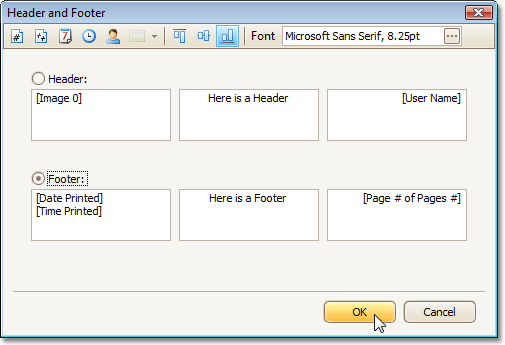
Best Practices for Footer Design
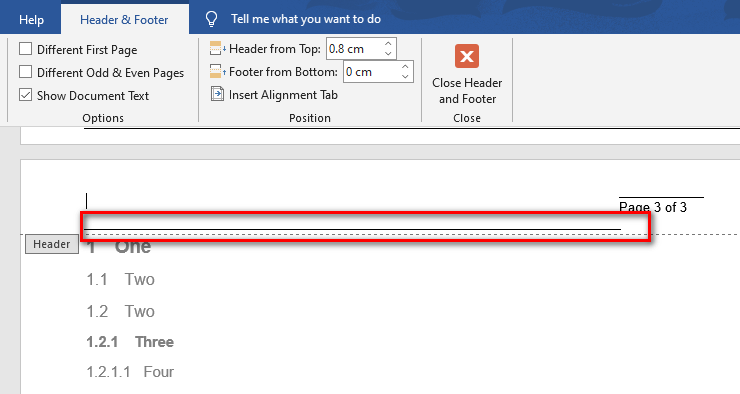
To create an effective footer that aligns with modern web design principles, consider the following best practices:
Keep It Concise and Relevant
Avoid overcrowding the footer with excessive content. Stick to essential elements such as navigation links, contact details, and social media icons. Ensure that the information provided is concise and easily digestible.
Consistency and Visual Hierarchy
Maintain a consistent design language throughout the footer. Use the same color scheme, typography, and branding elements as the rest of the website. Establish a clear visual hierarchy to guide users’ attention effectively.
Mobile Optimization
Given the rise of mobile browsing, it’s crucial to optimize footers for smaller screens. Ensure that the footer elements are easily accessible and navigable on mobile devices, using responsive design techniques.
Interactive Elements
Consider incorporating interactive elements to enhance user engagement. This could include expandable menus, hover effects, or dynamic content that responds to user actions.
Innovative Footer Design Approaches
While adhering to best practices is essential, exploring innovative footer designs can set your website apart and create a unique user experience.
Creative Use of Space
Think beyond the traditional rectangular footer. Explore unconventional shapes and layouts to make a statement. For instance, a curved footer design can add a touch of creativity while maintaining functionality.
Interactive Maps and Visuals
Incorporate interactive maps or visual elements within the footer. This could be particularly useful for businesses with physical locations, allowing users to quickly locate their nearest branch or store.
Social Media Integration
Go beyond the standard social media icons. Integrate live feeds from your social media platforms, displaying recent posts or testimonials. This adds a dynamic element to the footer and encourages user engagement.
Personalization and User Preferences
Implement user preference settings within the footer. Allow users to customize their experience by selecting preferred languages, currency, or even color schemes. This level of personalization can enhance user satisfaction.
Performance Analysis and User Feedback
To continuously improve your footer design, it’s essential to gather user feedback and analyze performance metrics. This data-driven approach ensures that your footer remains effective and aligned with user expectations.
User Testing and Surveys
Conduct user testing sessions to gather qualitative feedback on the footer’s usability and design. Additionally, send out surveys to a sample of your user base to understand their preferences and pain points.
Analytical Tools and Metrics
Utilize web analytics tools to track user behavior within the footer. Measure click-through rates, time spent on the footer, and conversion rates. These insights can guide future design iterations and improvements.
Future Implications and Emerging Trends
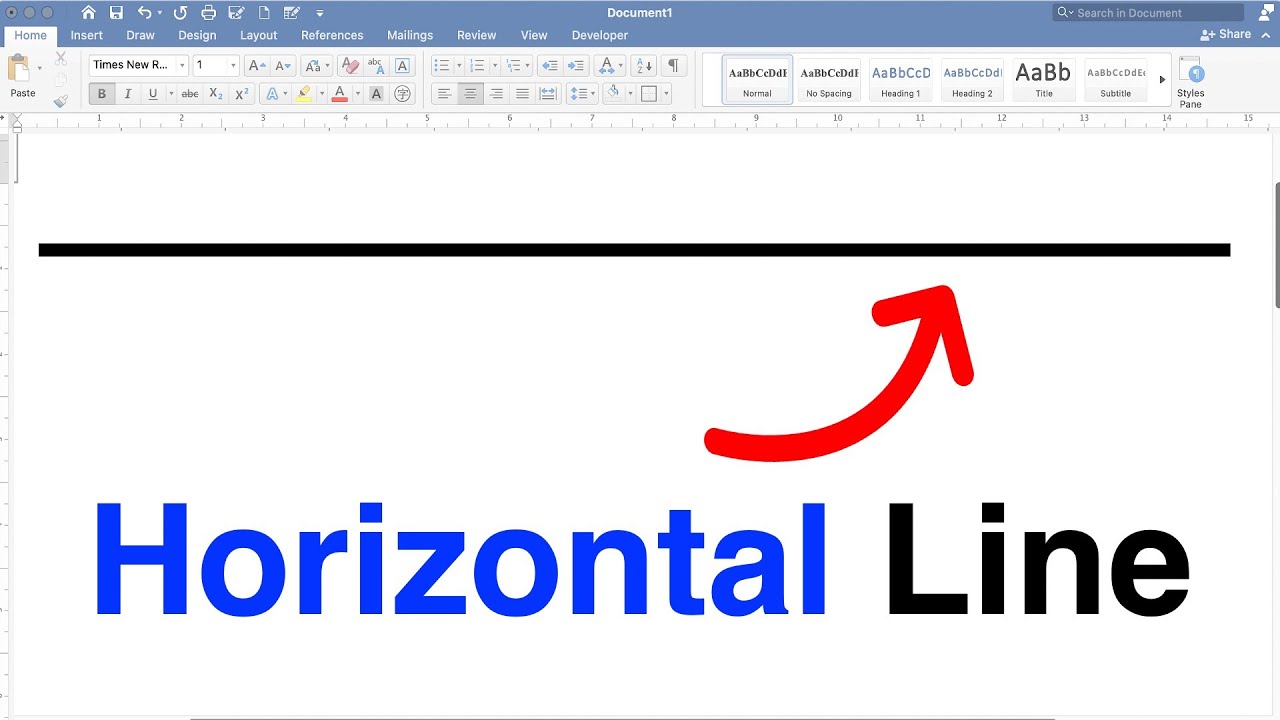
As web design continues to evolve, footers will likely play an even more integral role in shaping the user experience. Stay ahead of the curve by exploring emerging trends and technologies that can enhance footer functionality.
Voice Search and Footer Integration
With the rise of voice search, consider integrating voice-activated elements within the footer. This could include a voice search bar or voice-controlled navigation, catering to the growing number of voice-assisted searches.
AI-Powered Personalization
Leverage artificial intelligence to offer personalized footer experiences. By analyzing user behavior and preferences, AI algorithms can dynamically adjust the footer content to align with individual user needs.
AR/VR Integration
Explore the potential of augmented reality (AR) and virtual reality (VR) technologies in footer design. For instance, an AR-enabled footer could provide interactive product visualizations or virtual tours, enhancing the user experience.
How often should I update my footer design?
+While there is no fixed schedule, it’s recommended to review and update your footer design periodically, especially after major website updates or when user feedback suggests improvements. Regularly assessing your footer’s performance and staying aligned with design trends will ensure a fresh and effective user experience.
Can I use the footer for promotional content?
+While promotional content can be included, it’s important to maintain a balance. Avoid overwhelming users with excessive promotions. Instead, consider using the footer for subtle promotional elements, such as a discount code or a link to a limited-time offer, ensuring it aligns with the overall user experience.
What are some common mistakes to avoid in footer design?
+Common mistakes include cluttered design, lack of consistency with the rest of the website, and neglecting mobile optimization. Avoid these pitfalls by keeping the design simple, ensuring visual harmony, and prioritizing mobile responsiveness.
